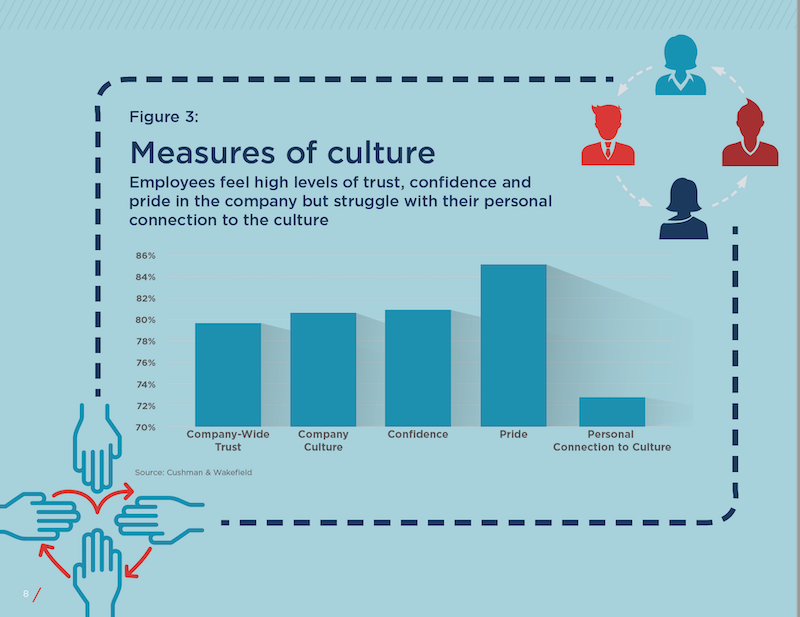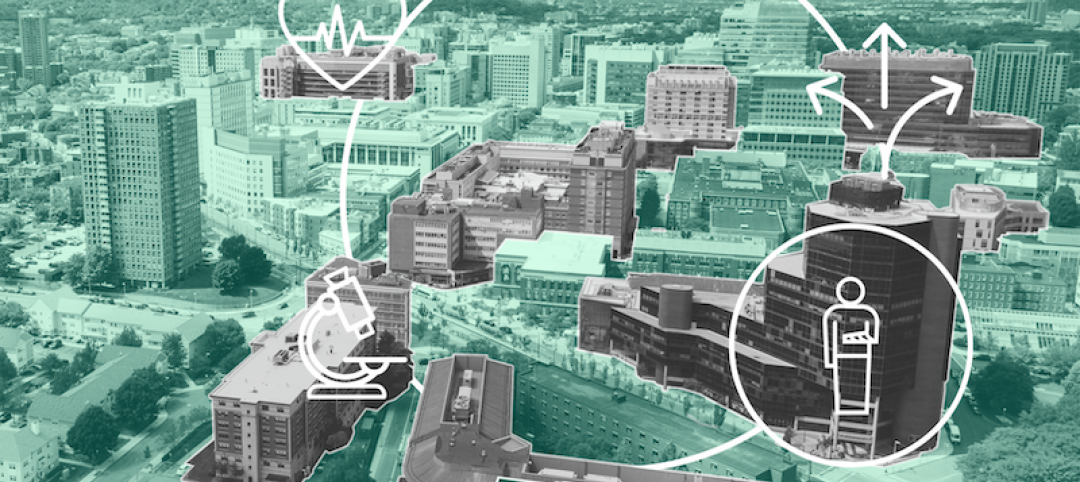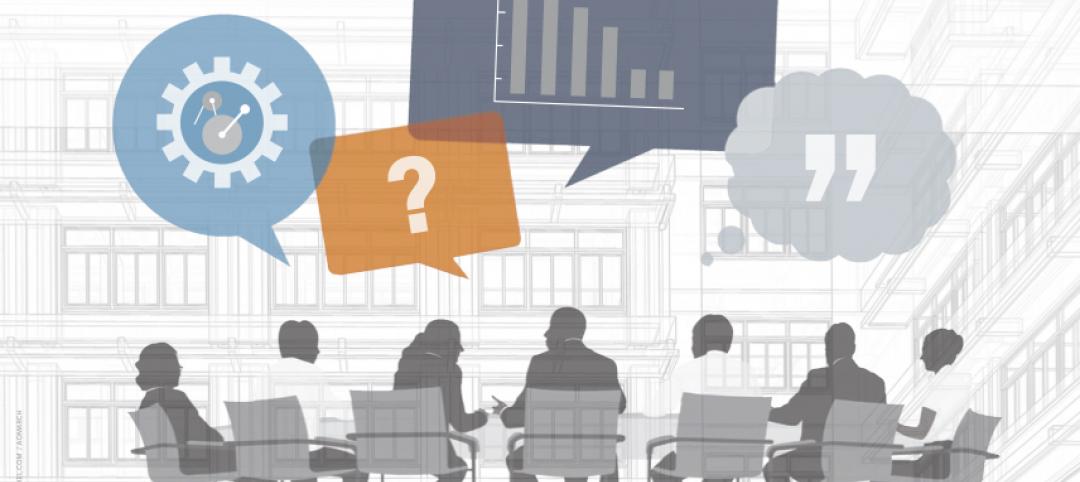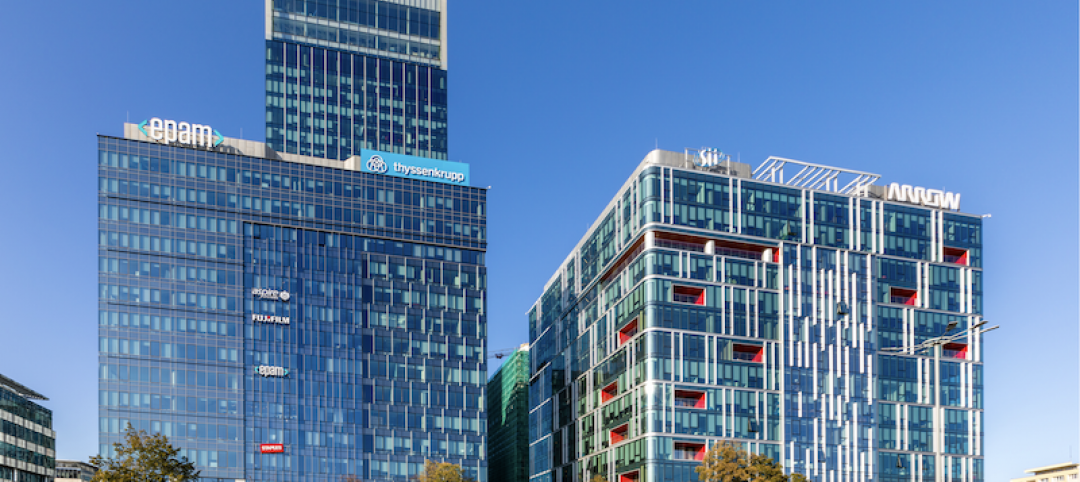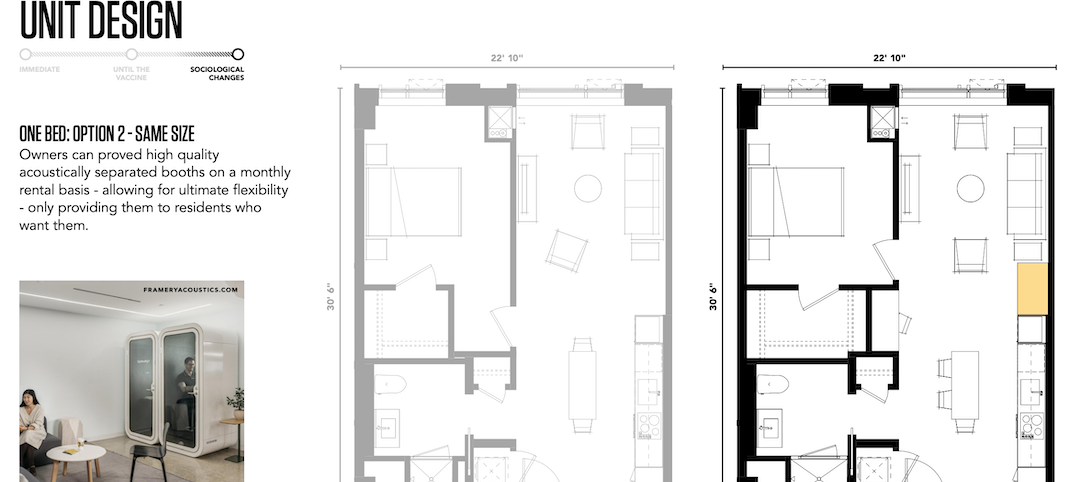During the coronavirus pandemic, millions of employees, both in the U.S. and worldwide, found themselves working from home in compliance with shelter-at-home mandates by governments. A new survey of more than 40,000 employees found that workers can be productive and collaborative anywhere, and actually prefer flexibility about where they are allowed to work from day to day. However, what’s eroded in the process is the cultural bond that connects employees to their companies, colleagues, and customers.
Consequently, the workplace has become an ecosystem that is a network of virtual and physical spaces. And the new purpose of the office is to provide inspiring destinations that strengthen the cultural connections, learning, and bonding with customers and colleagues.
“The office is where I feel part of the company,” Brett White, executive chairman and CEO of Cushman & Wakefield, said during an interview yesterday with CNBC’s Squawk on the Street program. Cushman & Wakefield is the author of this “Future of the Workplace” report, for which it analyzed more than 2.5 million data points driving workplace experiences for workers across the planet in the pre-COVID-19 era, and another 1.7 million data points from the survey’s respondents in the current work-from-home environment.
Also See: Using lighting IoT to inform a safer office reentry strategy
The report found a lot of enthusiasm for at-home work. Among the employees surveyed, 73% believes their companies should embrace some level of working from home, and 90% of employees feel they can be trusted to work remotely. Three quarters of those polled agree or strongly agree that they have been collaborating effectively with colleagues in the current environment, a 10-point increase from the pre-COVID-19 period.
 During the pandemic, employees assert they can be productive and collaborative working from home.
During the pandemic, employees assert they can be productive and collaborative working from home.
Those findings led Cushman & Wakefield to infer that “the enforced work from home means that using collaborative technology tools is no longer optional but an imperative, and employees are using them to their fullest.” Employees also believe that, despite the distractions attendant to working from home (including kids, pets, home schooling while schools are shut), they can be productive when called upon to focus.
Also see: Infection control in office buildings: Preparing for re-occupancy amid the coronavirus
But this survey also found that working from home isn’t always ideal. For one thing, not every house is set up adequately to replicate an office. And working from home seems to be tougher for younger employees: 70% of Gen Z and 69% of Millennials report challenges in remote working, compared to 55% of Baby Boomers.
The report suggests that people still struggle with remaining disciplined and energized during the day when they’re at home working. This continued to be the weakest experience outcome among respondents.
Overall wellbeing is also jeopardized when people work from home, not because they struggle to maintain a work/life balance but rather because they have less time away from work.
As employees return to offices, Cushman & Wakefield is cautioning companies to take time to understand people’s challenges and consider how they can support them. For example, salespeople have had the hardest time adjusting to at-home work requirements, as have R&D teams. Conversely, operations and support functions seem to have little downside from the at-home work experience.
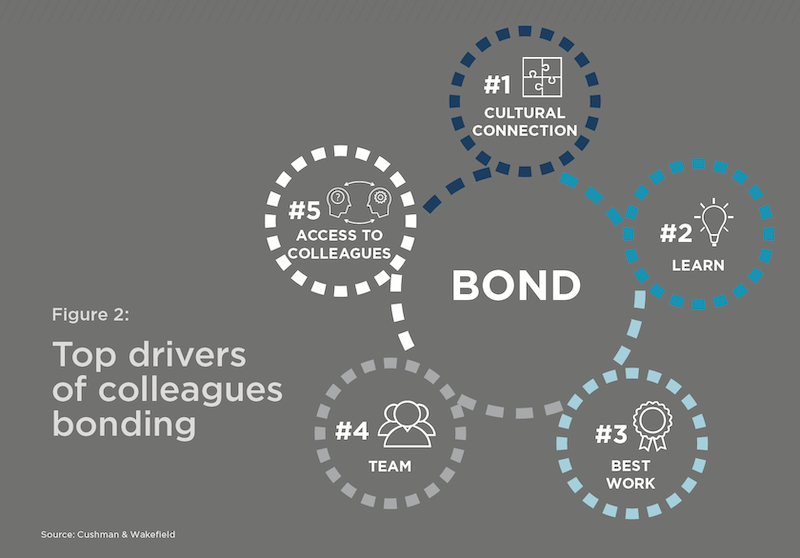 Among the factors that drive worker bonds, cultural connection still ranked tops. The Cushman & Wakefield report states that the cultural bond is harder to maintain when workers aren't in offices.
Among the factors that drive worker bonds, cultural connection still ranked tops. The Cushman & Wakefield report states that the cultural bond is harder to maintain when workers aren't in offices.
Also see: Office market could be COVID-19 casualty
Cushman & Wakefield also notes that flexible working practices can help companies enact social-distancing measures and new types of collaborative environments without needing to add more square footage. “If 50% of respondents who indicated they would increase their flexible working followed through on this, there would be no net change in footprint,” the report states.
Cushman & Wakefield expects organizations to embrace more remote working. “In doing so, we can reimagine the way we work and leverage location, time and technology to drive improved people, place and business performance.”
However, White told CNBC that, to maintain their “cultural adhesion,” companies would also limit the number of employees who to work from home permanently. He expects that number to be less than 10%, and possibly as low as 5-6%.
Related Stories
K-12 Schools | Jun 20, 2021
Los Angeles County issues design guidelines for extending PreK-12 learning to the outdoors
The report covers everything from funding and site prep recommendations to whether large rocks can be used as seating.
Coronavirus | May 17, 2021
Future pandemic preparedness at the medical district scale
The current COVID-19 pandemic highlights the concern that we will see more emergency events in the coming years.
University Buildings | Apr 29, 2021
The Weekly Show, April 29, 2021: COVID-19's impact on campus planning, and bird management strategies
This week on The Weekly show, BD+C Senior Editor John Caulfield interviews a duo of industry experts on 1) how campus planning has changed during the pandemic and 2) managing bird infestations on construction sites and completed buildings.
Multifamily Housing | Apr 22, 2021
The Weekly Show, Apr 22, 2021: COVID-19's impact on multifamily amenities
This week on The Weekly show, BD+C's Robert Cassidy speaks with three multifamily design experts about the impact of COVID-19 on apartment and condo amenities, based on the 2021 Multifamily Amenities Survey.
Industry Research | Apr 9, 2021
BD+C exclusive research: What building owners want from AEC firms
BD+C’s first-ever owners’ survey finds them focused on improving buildings’ performance for higher investment returns.
Coronavirus | Mar 31, 2021
Theatrical fog formula approved as antimicrobial air treatment
At least two solutions are being used to make ventilation systems safer.
Office Buildings | Mar 30, 2021
WELL Institute certifies a gigantic office complex with its highest health and safety rating
Poland’s Olivia Business Center one of the first to install ion air purification devices.
Multifamily Housing | Mar 27, 2021
Designing multifamily housing today for the post-Covid world of tomorrow
The multifamily market has changed dramatically due to the Covid pandemic. Here's how one architecture firm has accommodate their designs to what tenants are now demanding.
Office Buildings | Mar 26, 2021
Finding success for downtown office space after COVID-19
Using the right planning tools can spur new uses for Class B and C commercial real estate.
Coronavirus | Mar 11, 2021
The Weekly show, March 11, 2021: 5 building products for COVID-related conditions, and AI for MEP design
This week on The Weekly show, BD+C editors speak with AEC industry leaders about building products and systems that support COVID-related conditions, and an AI tool that automates the design of MEP systems.


